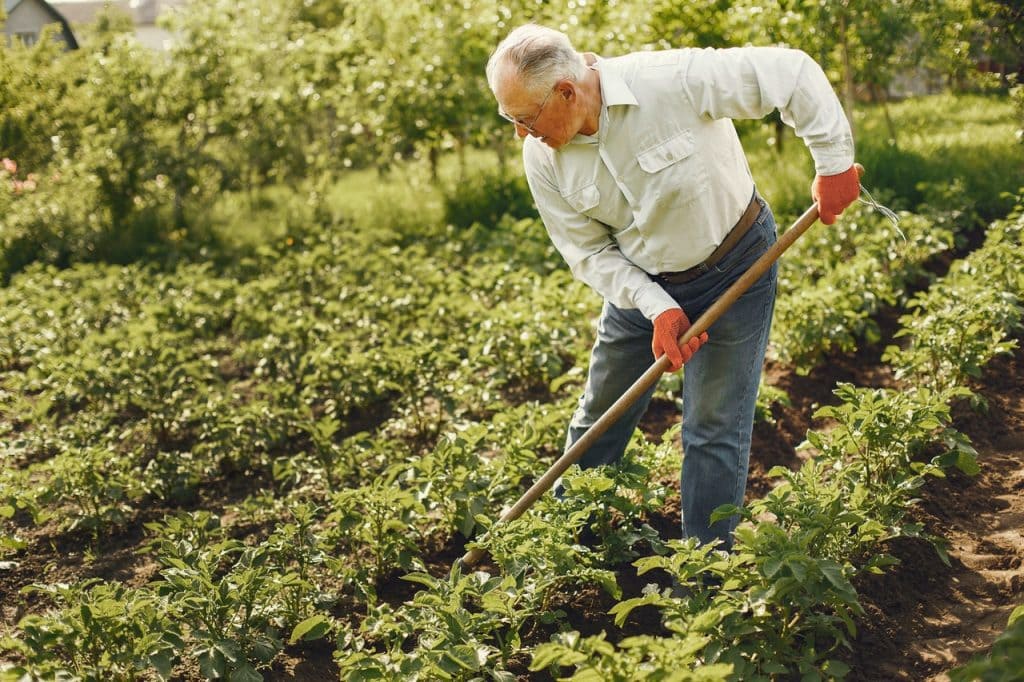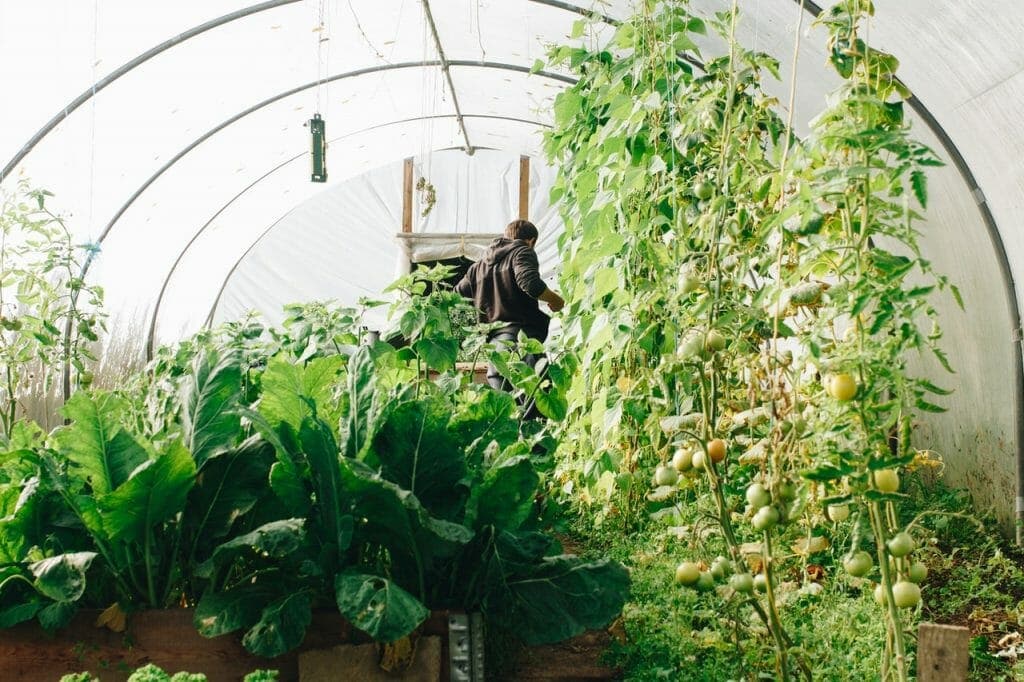Written by Marie Iannotti and published on https://www.thespruce.com/.
For successful transplanting the essential conditions are that the exhalation of moisture from the leaves be kept as low as possible while the roots are in a state unfit to furnish their standard supply; for this reason, deciduous trees may be transplanted with most safety when the leaves have fallen.
Exhalation of moisture from the leaves of plants goes on most rapidly when the atmosphere is dry and the sky cloudless; therefore, for plants in foliage, if the transplanting cannot be done in moist, cloudy weather, these conditions should be secured by shade and frequent sprinkling with water.
If possible, all plants should be transplanted with a mass of soil above the roots. Some plants which have large woody roots and few fibrous roots near the stem, such as rose trees that have been growing for some years in the same place, it is of little use lifting a ball of soil with the plant. It should be dug out carefully, keeping the roots as entire as possible, carried to its new site, where the hole should be prepared at least twice as large as the roots require.
Transplanting and Moving Garden Plants
:max_bytes(150000):strip_icc():format(webp)/92709219-copy-56a34a435f9b58b7d0d14e76.jpg)
Planting and transplanting are two garden tasks that have a big effect on how well your plants grow.1 Summer is never the best time to move or transplant garden plants. The sun is too intense and the heat can be relentless. However, sometimes you have no choice but to move your plants during the hot months. With a bit of extra care, you can successfully transplant garden plants at any time of the year.
How to Lessen the Shock of Transplanting
- Water the garden plants to be dug and/or transplanted the day before you plan to lift them. This ensures that the whole plant will be hydrated, roots, leaves and all when it’s time to transplant. Make it a good, deep soaking so the roots can take up as much water as possible. (This will also make it easier for you to dig. A nice bonus.)
- If you are planting something you received plant bare-root, allow the roots to soak in a bucket of water for a couple of hours.
- Dig and/or transplant when it is overcast or during the cooler evening hours. This will give the plant the entire night to get adjusted in its new spot before being exposed to the heat and bright light of the day. This is especially important when transplanting small seedlings.
- Water the plant again immediately before digging or removing from its pot. You want the soil around the rootball the well-saturated so that the soil will adhere to the roots when it is dug from the garden. This prevents the roots from being exposed to drying winds.
- Never leave the roots exposed to sun, heat or wind. It’s tempting to remove all plants from their pots and place them where you want them to go in the garden, but roots will desiccate quickly. Remove each plant just before planting.
- Water the hole before you place the transplant into it. You want the soil so saturated it turns to mud. This is sometimes referred to as puddling.
- Place the transplant into the hole, fill it halfway with soil and then water again. Allow the water to settle the soil around the roots and then finish filling the hole.
- Lightly firm the soil around the transplant. You want to close any air pockets in the soil, but you don’t need to press so hard that you compact the soil. Let the water settle things rather than stomping with your foot.
- Once again, water the whole plant, leaves and all. This probably sounds like too much water, but you would be surprised how much water can evaporate during the planting process. If you are working on a cool, still, overcast day, you can get away with a little less water, but never skip the final watering once the plant is in the ground.
- If possible, shield the new transplant from direct sunlight for 3 to 5 days. Use a floating row cover or lean a board in front of the transplant to block the direct sun. This is for transplanting a new seedling or plant into the garden during the hardening-off process. This is not for moving/transplanting a plant.
After Care
Check the plant daily for the first couple of weeks. Transplants may need watering every day, if not more.1 Depending on the weather and the plant, you may need to water twice a day until it becomes established. The larger the plant and/or the fewer roots to top growth ratio, the more water will be needed. Check the soil for dryness a few inches below the surface to determine if more water is needed. If the plant is wilting, water it immediately.
All of this may seem extreme, but the shock of being uprooted is stressful to plants at any time of the year. In the heat of summer, this extra precaution is vital to easing the transition for your transplants.
Original post here https://www.thespruce.com/success-tips-for-transplanting-and-moving-gardens-1402470.



